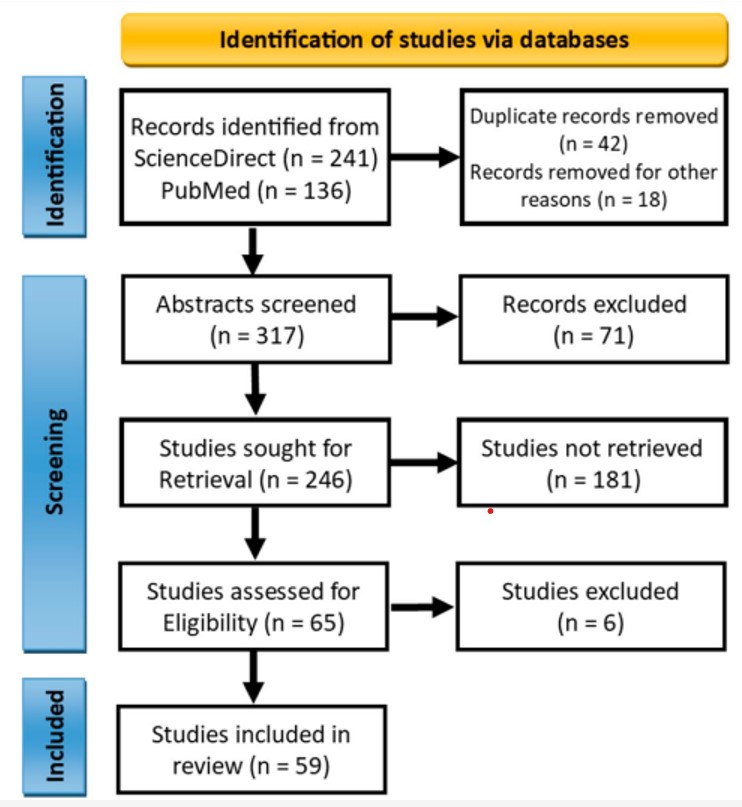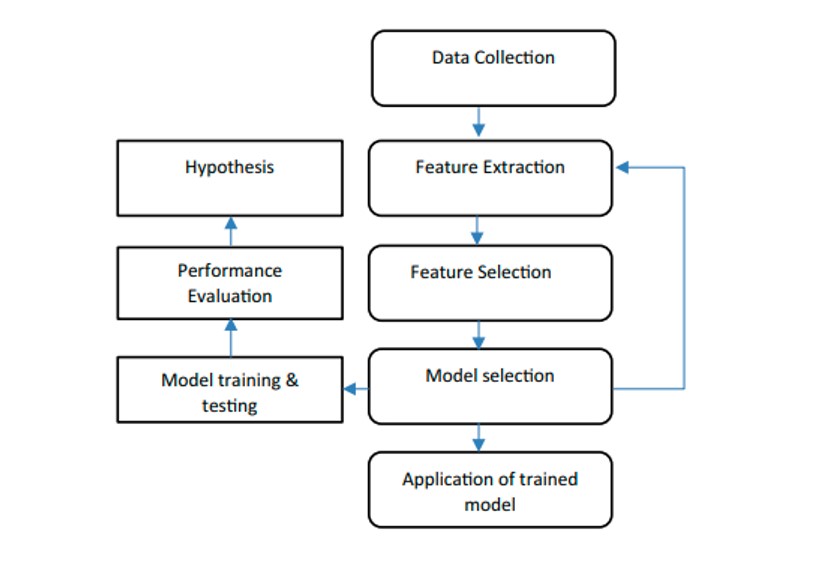So, are you a medical student and struggling with tough pulmonology assignments? Looking for help to know how to secure higher grades in these assignments? Look no further when we are here to help you with all your difficulties.
Also, we assure you that we can make it easier for you to ensure your success in these assignments.
According to Future Market Insights, the market for pulmonology devices was valued at US$ 1.3 billion in 2022 and is projected to grow to US$ 1.4 billion by 2023. The market is expected to grow at a compound annual growth rate (CAGR) of 10.3% from 2023 to 2033, reaching US$ 3.8 billion.
Returning to it, the study of pulmonology is the branch of medicine that deals with the respiratory system, including lung conditions, airways and many more.
Although pulmonology is fascinating, creating insightful and excellent projects can be difficult. If you are also facing writing issues, you can get assignment writing services from professional assignment writers.
Here, we’ll look at insider tips to help you succeed academically in your pulmonology assignments by streamlining the process.
Pulmonology Assignment Writing Strategies for Academic Success
First thing first, whether you are going to write a perfect assignment to get good grades or make efforts to get a higher rank, you have to work hard to simplify this process in both cases.
Following are some simple ways that you should use to write your assignments perfectly.
Understand the Assignment Requirements
Any effective project starts with a solid understanding of what is needed. For that, you should carefully read the task prompt and make notes of the important points and queries. Also, ask your professor or teacher for clarification if you have any questions about your assignment.
Furthermore, the second most important thing is surveying various pulmonology assignment topics. You must do research to get an idea about your topic selection. Remember that you should choose a topic of interest that must be relevant and contribute to your field.
Do Extensive Research
Wondering how to start writing? Remember that writing comes after a thorough understanding of a topic, and you can achieve it only through research.
Research is crucial in pulmonology, as it is in every scientific discipline. Go through the internet, books, papers, publications and articles to know more about the topic.
When it comes to obtaining information, online databases such as PubMed and Google Scholar can also be beneficial. Don’t forget to organise your research and take thorough notes to make writing easier.
According to the book Writing for Social Work, Parker said you should employ a systematic and evidence-based approach for deep research on any subject, including pulmonology.
Create an Outline
We all know an outline is essential before starting writing to move on a straight path. Subheadings and major parts should come first, then start your writing. This outline will act as a road map to ensure you cover all the important topics and that your project makes sense.
You may include sections on lung diseases, pulmonary hypertension, respiratory illnesses, diagnostic techniques, and available treatments for a pulmonology assignment.
Create an Engaging Introduction
You have the opportunity to draw the reader in and give a succinct summary of your project in the introduction. Start with an interesting statistic, a real-world case study, or a question related to lung and heart when discussing pulmonology. Also, clearly mention your writing’s objective or thesis statement here.
Maintain Clarity and Conciseness
Medical terminology in the field of pulmonology is sophisticated and multifaceted. Although showcasing your knowledge is crucial, try not to overburden your work with technical terms.
When introducing technical words, be sure to explain them in plain, succinct language. Make your writing understandable to people who might not be subject matter specialists.
Back-Up Claims with Facts
In your assignment, support any claims or assertions you make using evidence drawn from reliable sources. Make sure to consistently cite your sources using either APA or MLA format. This gives your writing more legitimacy and enables readers to check the accuracy of the information you’ve provided.
Add some pulmonology assignment examples to your writing to further enhance the clarity of your subject. For example, we got a flowchart from the CDSS for Early Recognition of Respiratory Diseases Based on AI Techniques: ASystematic Review.

Highlight Case Studies and Patient Stories
Use case studies or patient narratives from real-world situations to add realism and interest to your pulmonology assignment. This humanises you’re writing and shows how pulmonology is used in real-world situations.
Give a comprehensive overview of the patient’s condition by describing their symptoms, diagnosis, and course of therapy.
Discuss Current Research and Improvements
Like all medical specialities, pulmonology is ever-changing. Keep abreast with the most recent findings and advancements in the field. Incorporate recent research and innovations into your work to show that you are committed to remaining up-to-date with your studies.
Proofread and Edit
Spend some time carefully editing and proofreading your pulmonology assignment after you’ve finished the first draft. Make sure your writing is precise and succinct. For that, you should carefully check it for spelling, grammatical, and punctuation mistakes. To find areas for growth, think about asking lecturers or peers for their input.
Make Use of Tools
One of the most time-consuming parts of creating an assignment is organising citations. You should pay attention to using citation management programs like EndNote or Zotero to streamline the procedure. With these tools, you can easily create citations and bibliographies while also organising your sources. It saves your time and effort and makes you feel relaxed.
It is an era of machine learning that is also now employed in pulmonology. The following steps are required for using it in your pulmonology assignment writing:

Follow Formatting Guidelines
Certain academic institutions and instructors may have certain formatting requirements for assignments. Whether using MLA, APA, or another style, be sure you carefully follow the formatting guidelines. Carefully think about line spacing, font size, margins, and other specifics.
Seek Feedback
Never be afraid to ask your peers, academic advisors, or instructors for their constructive feedback. You can improve your assignment and address any writing flaws with the use of this critique.
In the end, a perfect assignment on pulmonology can result in a better understanding of pulmonology and a higher grade.
Conclusion
Composing a pulmonology assignment may seem very challenging to you at first look, but it is not that difficult. By following the above-mentioned insider tips, you can make things easier and raise your chances of succeeding academically.
Don’t forget to read the assignment carefully, do extensive research, make an organised outline, write an engaging opening, and provide evidence to back up your points. You can succeed in this exciting field of medicine if you prepare ahead and put a lot of effort into your studies.
However, if you don’t have enough time and skills to explore this medical field, but it is also crucial to get high grades, you can seek expert help online. Contacting The Academic Papers UK would be the best decision to get online assignment writing services from their board-certified experienced writers.
